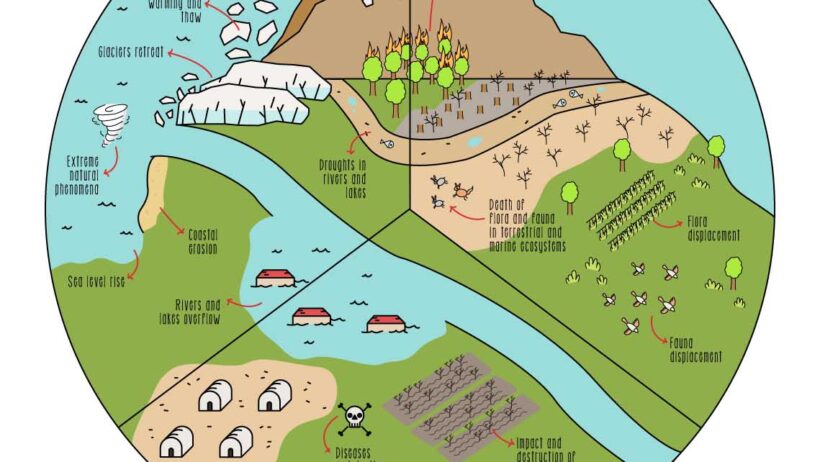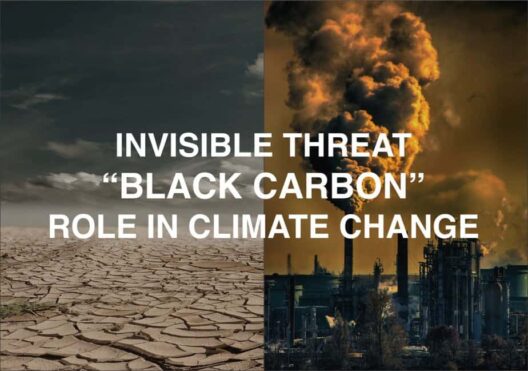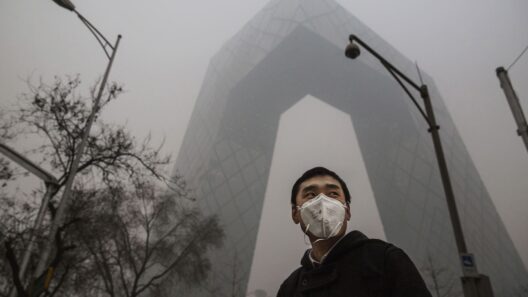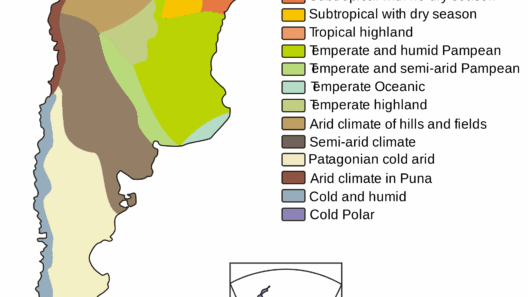Climate change is not a distant specter looming on the horizon; it is a palpable reality that we encounter in our daily lives. Its ramifications permeate various dimensions of our existence—from the air we breathe to the food we consume and the economies we rely on. As we delve into the everyday impacts of climate change, it becomes evident that this phenomenon is altering the fabric of society as we know it. Understanding these changes is pivotal not only for individual awareness but also for collective action.
Environmental Disruption: The Nature of Our Planet
One of the most immediate ways climate change makes its presence known is through environmental disruption. The increasing global temperatures have led to numerous environmental consequences, affecting ecosystems and biodiversity. Species that once thrived in specific habitats are increasingly finding their environments inhospitable due to shifting climatic conditions. For instance, coral reefs, often referred to as the rainforests of the sea, are experiencing widespread bleaching. This phenomenon occurs when water temperatures rise, causing corals to expel the algae that provide them with nutrients and color, which leads to their eventual demise.
Additionally, changes in weather patterns have resulted in more extreme weather events. Hurricanes, droughts, floods, and wildfires are becoming more frequent and intense, wreaking havoc on communities. For example, rising sea levels threaten coastal regions, displacing populations and putting coastal ecosystems at risk. These changes underscore the intricate interconnectedness of our ecosystem, highlighting that the loss of biodiversity can have profound implications on human health and livelihoods.
Health Impacts: The Invisible Threat
Beyond the visible environmental changes, climate change poses another insidious threat: public health issues. The increase in heatwaves correlates with greater instances of heat-related illnesses, particularly among vulnerable populations such as the elderly and those with preexisting health conditions. Moreover, poor air quality, exacerbated by climate change, is linked to respiratory ailments, cardiovascular disease, and premature mortality. Airborne pollutants, long exacerbated by industrial activities and vehicular emissions, are further aggravated by higher temperatures, creating a vicious cycle of health impacts.
The spread of vector-borne diseases, such as malaria and dengue fever, is another alarming outcome of shifting climatic patterns. Mosquito habitats are expanding as warmer temperatures allow these vectors to thrive in previously inhospitable regions. Consequently, diseases that were once confined to tropical areas are infiltrating temperate climates, posing new health challenges. Furthermore, mental health issues are also on the rise due to climate anxiety and social disruption stemming from climate-related events.
Socioeconomic Impacts: The Economic Ripple Effect
While the effects of climate change may initially appear as environmental and health-related turmoil, the socioeconomic impacts are equally significant. Agriculture, the backbone of many economies, is facing challenges due to changing precipitation patterns and extreme weather events. Crop yields have already started to decline in certain regions, leading to food insecurity. Farmers, particularly those reliant on seasonal rains, are finding it increasingly difficult to predict planting and harvesting cycles, which can result in both financial loss and heightened poverty levels.
The fishing industry is also grappling with changes brought about by warmer marine environments. Overfishing, combined with habitat degradation and shifting fish populations, threatens not just the livelihood of fisherfolk but also food security for entire communities reliant on seafood as a primary protein source. As fish migrate to cooler waters, fisheries may face declines in catch, leading to economic instability.
Furthermore, the cost of climate adaptation and mitigation efforts can be staggering. Governments and organizations worldwide are investing substantial resources into infrastructure to combat rising sea levels, retrofitting buildings, and transitioning to renewable energy sources. While these investments are crucial for long-term sustainability, they can pose challenges for developing nations with limited financial means.
Resilience and Adaptation: The Path Forward
As daunting as the impacts of climate change may appear, they also present an opportunity for resilience and adaptation. Communities across the globe are demonstrating remarkable ingenuity and determination in combatting these challenges. Urban areas are adopting green infrastructure, such as green roofs and permeable pavements, to manage rainfall and reduce urban heat. Sustainable farming practices are gaining traction, allowing farmers to reduce their carbon footprints while enhancing food production.
On an individual level, more people are becoming aware of their carbon footprints and are taking steps to lead more sustainable lives. From reducing single-use plastics to investing in energy-efficient appliances, every action counts. Public awareness campaigns are crucial for driving changes in behavior and policy. They highlight the importance of collective action in addressing the overarching crisis of climate change.
In summary, the effects of climate change infiltrate every crevice of our daily experience—from environmental degradation and health concerns to socioeconomic instabilities. As we navigate these challenges, it is vital to acknowledge that although the impacts of climate change are severe, they also provide an impetus for innovative solutions and collective resilience. Understanding and addressing these impacts is not just an environmental issue; it is an urgent societal imperative. As stewards of our planet and advocates for future generations, our actions today will determine the quality of life for years to come.





